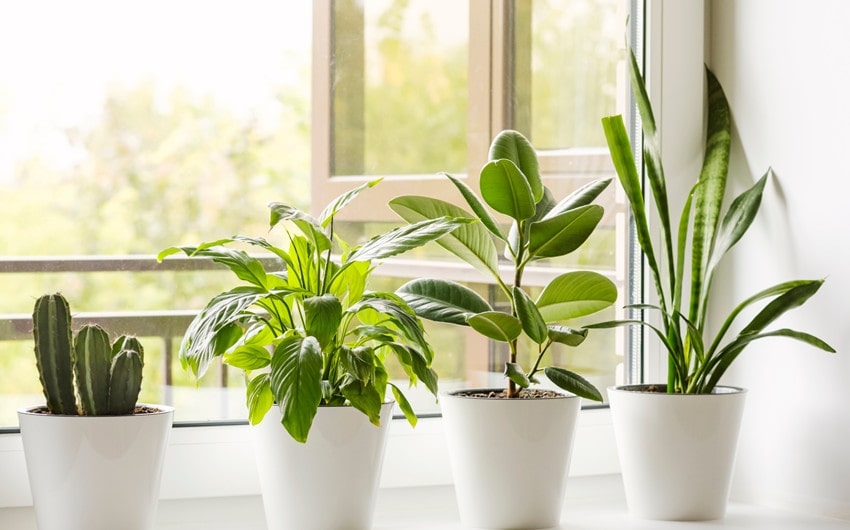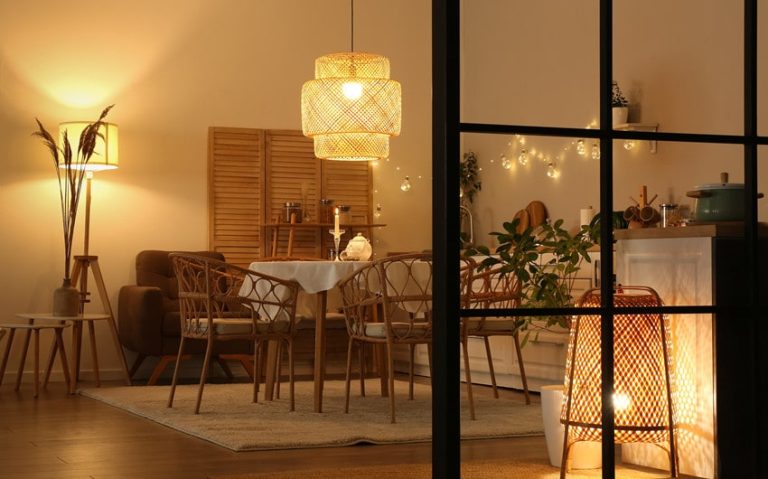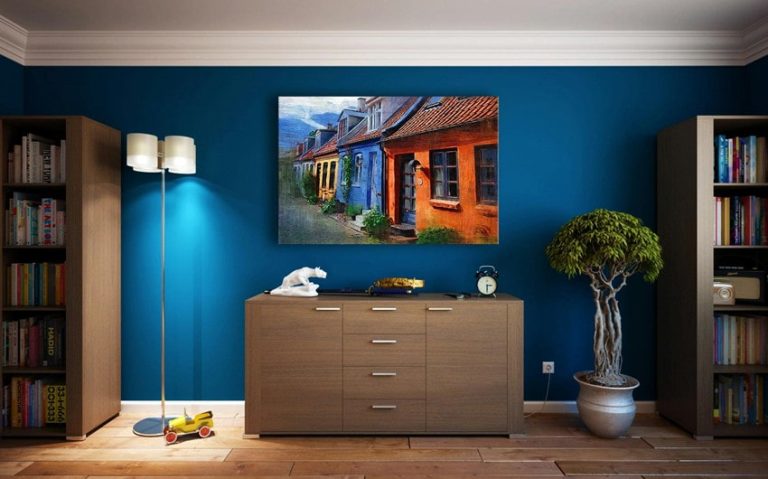Simple Ways to Make Your Home Greener and Save Money
As environmental concerns continue to shape modern living practices, homeowners are increasingly seeking innovative solutions to reduce their ecological footprint while optimizing household efficiency.
The convergence of advanced technology and sustainable design has revolutionized residential properties, offering comprehensive approaches to energy conservation through smart systems, efficient appliances, and renewable energy integration.
Through strategic implementation of eco-friendly upgrades, homeowners can create living spaces that not only contribute to environmental preservation but also deliver substantial long-term financial benefits while enhancing property values.
Energy Efficiency Enhancements for a Greener Home
American households can achieve substantial cost savings through strategic energy-efficient upgrades. Implementing modern, energy-conscious solutions in residential properties can lead to significant annual savings. The installation of solar panels has proven to be an effective method for decreasing monthly utility bills while promoting environmental sustainability. Also, using Utility Bidder you can analyze and consider the providers with lower rates, helping you select the most cost-effective energy plan for your household.
Optimizing a home’s energy performance involves several key components that work together to minimize waste and maximize efficiency. Here are essential upgrades that create meaningful impact:
- High-performance windows with double or triple panes that prevent thermal transfer
- ENERGY STAR-certified appliances that consume less electricity
- LED lighting systems that use less energy than traditional bulbs
- Smart thermostats for automated temperature control and optimization
- Proper weatherstripping around doors and windows to prevent drafts
The impact of proper insulation extends beyond comfort. Reducing energy bills through comprehensive attic insulation represents a significant opportunity for homeowners. Modern energy solutions don’t just cut costs; they also increase property value and reduce environmental impact. The combination of upgraded windows, efficient appliances, and proper insulation creates a synergistic effect that maximizes energy conservation while maintaining optimal indoor comfort levels throughout the year.
| Fun Fact: Depending on the market, energy-efficient-rated homes sell for a 3–5% sales price premium compared to less efficient-rated homes, making eco-friendly upgrades a smart investment for both savings and resale value. |
Harnessing Solar Power for Savings and Sustainability
Solar panel installations have transformed from a luxury investment into a practical choice for homeowners. The financial advantages extend beyond utility bills, as properties with solar installations may see a slight increase in resale value. Recent technological advances and manufacturing efficiencies have made residential solar systems more accessible than ever.
The reduction in solar panel costs over the past decade has sparked widespread adoption across American households. This significant price drop, combined with improved efficiency and durability, makes solar energy a compelling option for environmentally conscious homeowners.
Key Benefits of Installing Solar Panels
- Reduced monthly electricity bills through net metering credits
- Federal tax incentives and state-specific rebates
- Protection against rising utility rates
- Minimal maintenance requirements with extended warranties
- Decreased carbon footprint and greenhouse gas emissions
Modern solar installations integrate seamlessly with smart home systems, allowing real-time monitoring of energy production and consumption patterns. With Americans expressing a growing interest in solar adoption, the technology continues to advance, offering enhanced efficiency and improved aesthetic designs that complement various architectural styles.
| Why This Matters Solar energy is no longer just an environmentally friendly option—it’s a smart financial decision that lowers costs, increases home value, and provides long-term energy stability. As solar technology continues to improve, homeowners have more opportunities to maximize savings while reducing their carbon footprint. |
Integrating Pest Control into an Eco-Friendly Home
Creating a greener home isn’t just about energy efficiency and solar power—it also involves maintaining a healthy, eco-friendly living space. One often overlooked aspect of sustainable home design is pest management.
Some traditional pest control approaches rely on synthetic chemicals, but many professionals now use eco-conscious Integrated Pest Management (IPM) techniques that are effective and less harmful to the environment. Integrating environmentally friendly practices can help maintain a sustainable household without compromising effectiveness for homeowners, particularly those looking for pest control in Medford, Oregon or other areas in the Pacific Northwest.
Natural repellents like diatomaceous earth, essential oil sprays, and strategically placed plant deterrents can reduce pest populations without introducing harmful toxins into your home. Additionally, maintaining proper insulation, sealing cracks, and ensuring adequate ventilation can prevent pests from entering your home in the first place.
Eco-friendly pest control solutions complement other sustainability efforts, ensuring your home remains both energy-efficient and protected from unwanted intrusions. By combining these methods with other green home upgrades, homeowners can create a balanced and environmentally responsible living space that promotes long-term well-being.
Smart Home Technology for Energy Management
Residential heating and cooling demands represent more than half of energy costs in typical American households. Smart thermostats have transformed from a luxury into an essential tool for energy conservation, offering precise control over home temperatures while cutting utility bills.
Modern smart thermostats use machine learning capabilities to understand household patterns and automatically adjust temperatures. These devices collect data about occupancy, weather conditions, and daily routines to create custom heating and cooling schedules that maximize both comfort and efficiency.
How Smart Thermostats Help Reduce Energy Consumption
- Remote temperature control through smartphone apps enables real-time adjustments
- Occupancy sensors detect when rooms are empty and modify settings accordingly
- Integration with weather forecasts helps optimize indoor climate settings
- Monthly energy reports provide insights into consumption patterns
- Multi-zone control allows for different temperatures in separate areas
The artificial intelligence in modern smart thermostats goes beyond basic scheduling. These systems can detect open windows, humidity levels, and even maintenance needs for HVAC systems. By analyzing historical data and user preferences, smart thermostats create personalized recommendations that lead to substantial energy savings without compromising comfort. The technology continuously adapts to changing seasons and usage patterns, ensuring optimal performance throughout the year.
| To Do: Take advantage of your smart thermostat’s learning capabilities by regularly reviewing and fine-tuning its temperature schedules. Small adjustments based on seasonal changes and personal routines can lead to even greater energy savings over time. |
Key Factors Driving Sustainable Living Preferences
A significant shift in consumer behavior indicates that Americans are willing to invest more in sustainable homes. The integration of smart technology with green solutions has created new opportunities for homeowners to reduce their environmental impact while maintaining comfort and functionality.
- Energy-efficient appliances and HVAC systems that cut utility costs
- Solar panel installations and renewable energy solutions
- Water conservation fixtures and smart irrigation systems
- Sustainable building materials with low environmental impact
- Improved indoor air quality through natural ventilation
The surge in green certification programs has provided homeowners with standardized ways to measure and verify their property’s environmental performance. These certifications often translate into higher property values and reduced operating costs, making sustainable homes increasingly attractive to buyers and investors. Recent market analysis shows that certified green homes typically command premium prices and sell faster than conventional properties, highlighting the strong financial incentive for sustainable living investments.
| Expert Tip: When selecting sustainable upgrades, prioritize improvements that offer both environmental benefits and financial returns, such as energy-efficient HVAC systems or solar panels, to maximize long-term savings. |
Final Reflections
The transition towards eco-friendly homes represents a critical intersection of environmental responsibility and financial prudence, with data showing significant cost savings and increased property values for sustainable residences. The integration of energy-efficient upgrades, from solar installations to smart home technology, demonstrates how modern solutions can effectively reduce both carbon footprints and utility expenses.
By embracing sustainable home improvements and leveraging advanced technologies, homeowners are not just contributing to environmental conservation—they’re making a strategic investment that promises substantial returns while securing a more sustainable future for generations to come.







